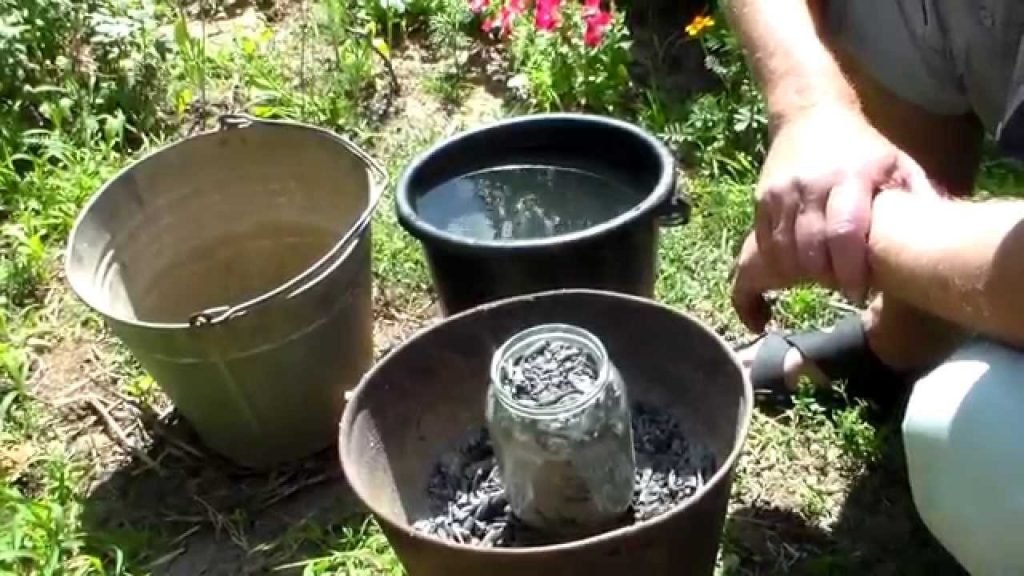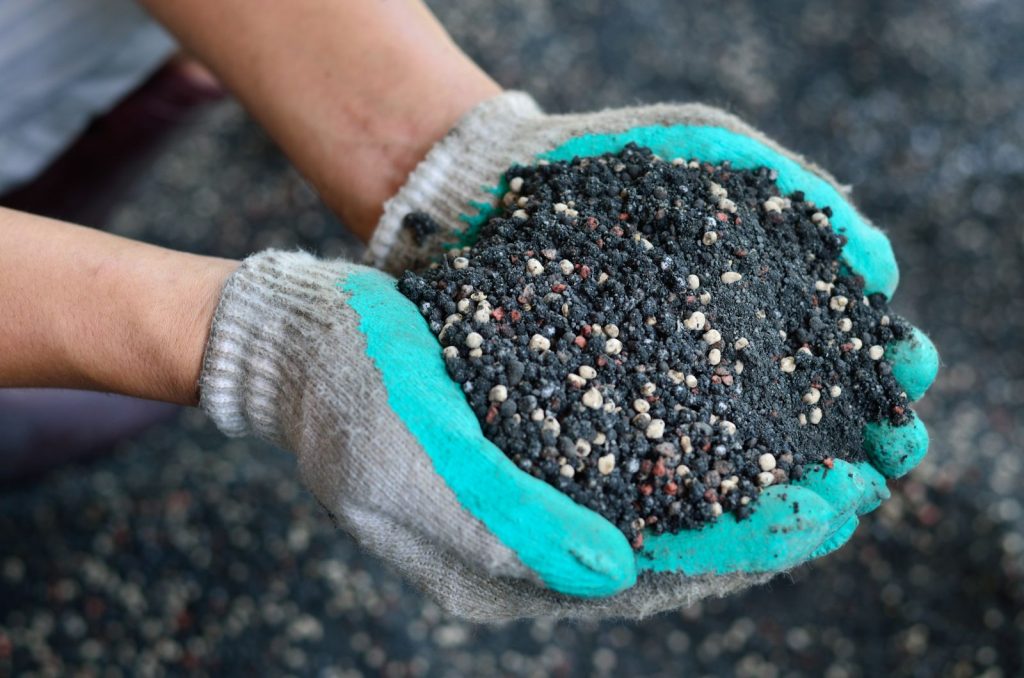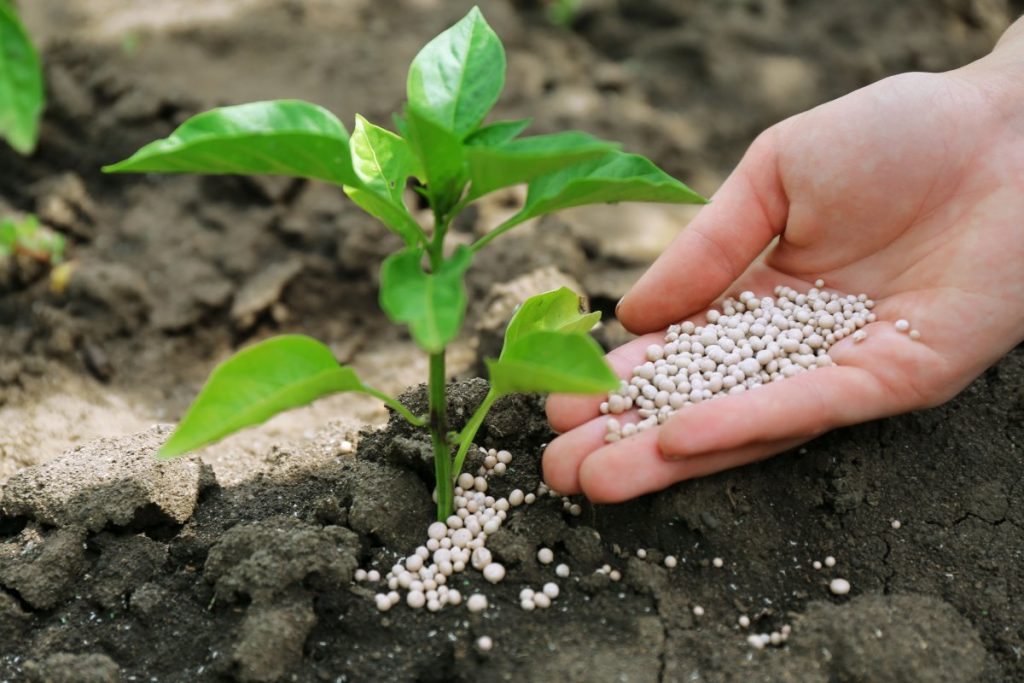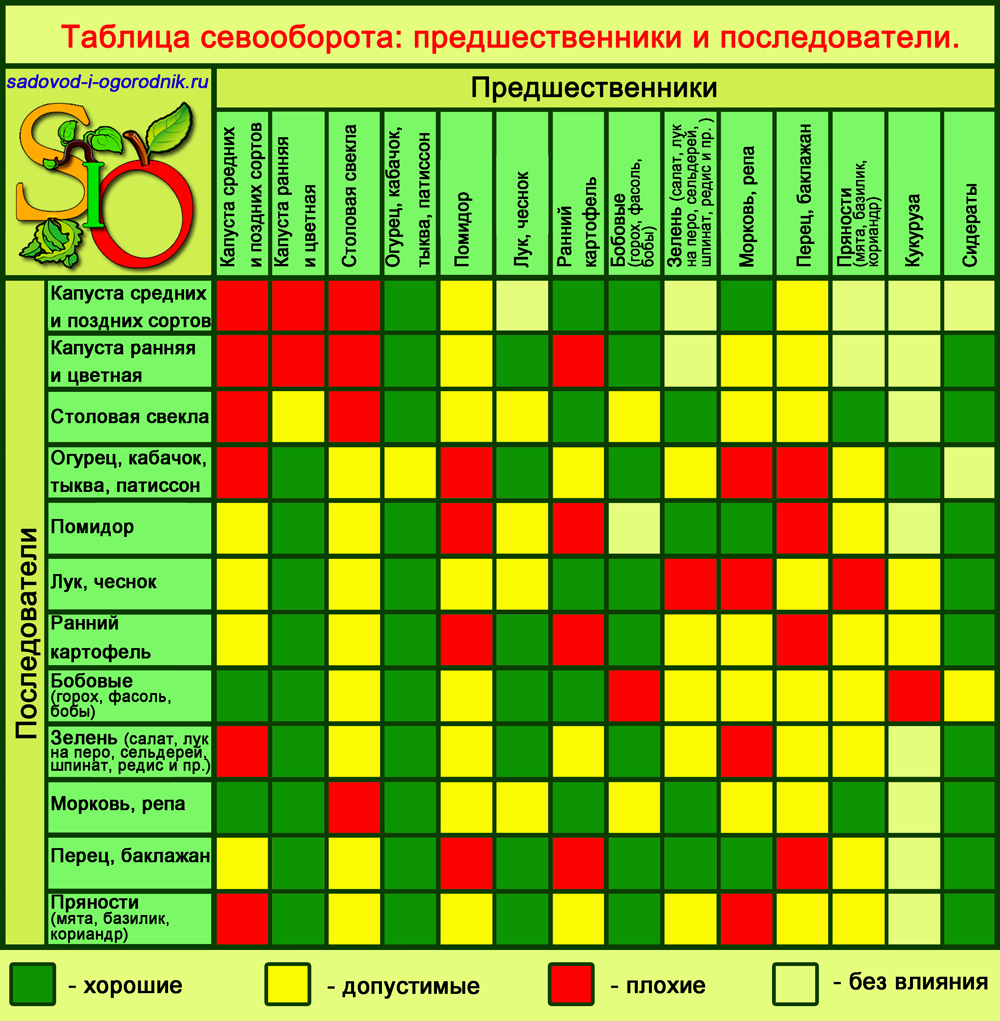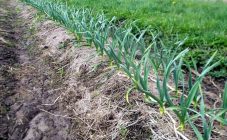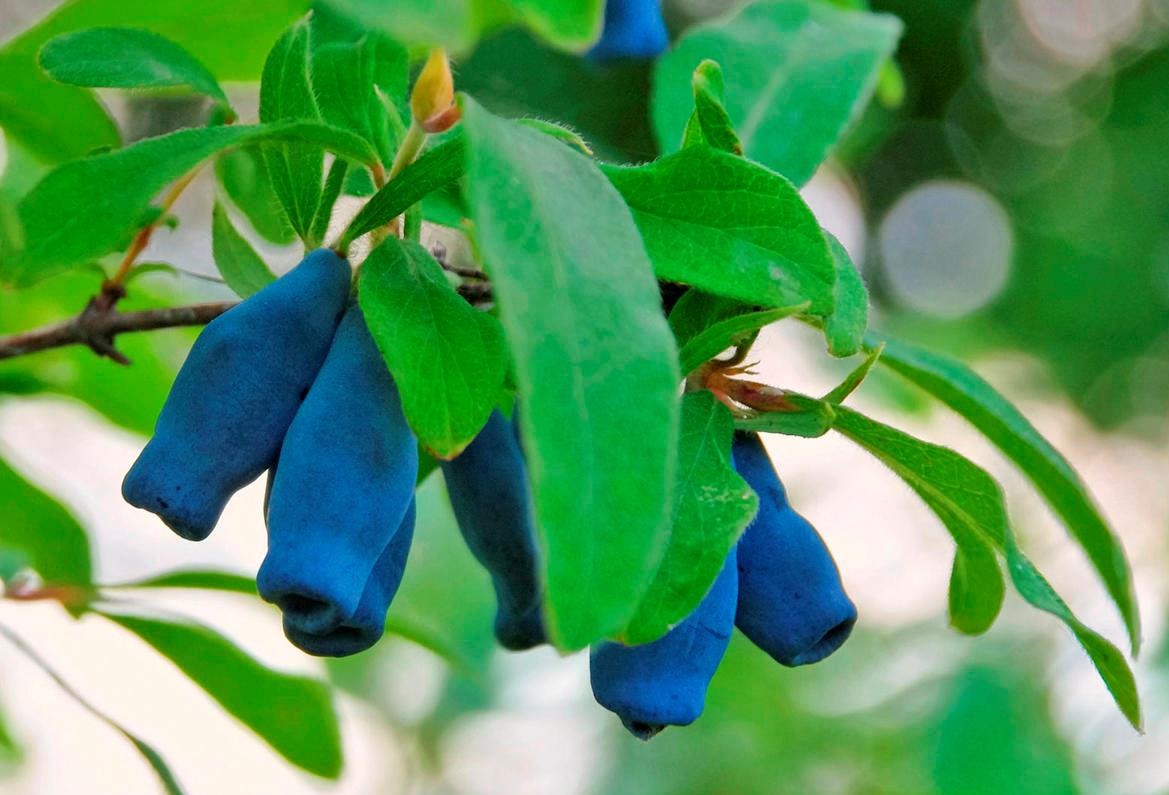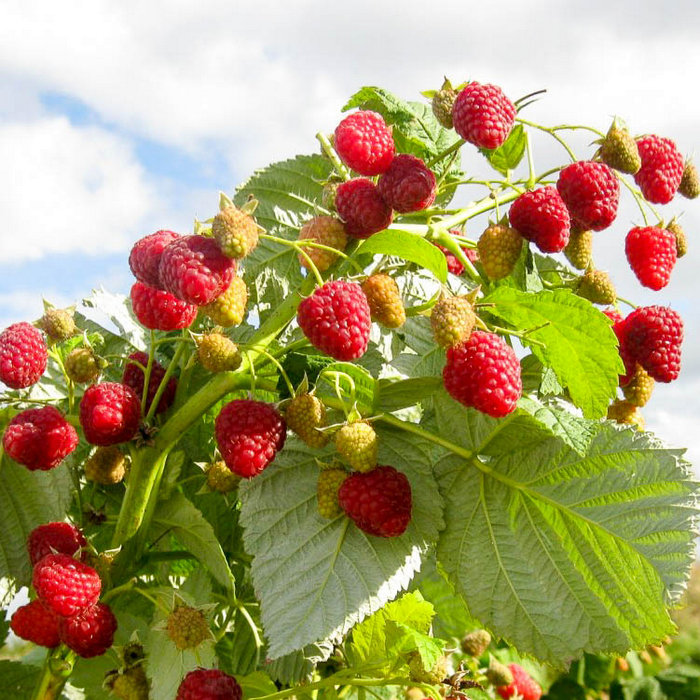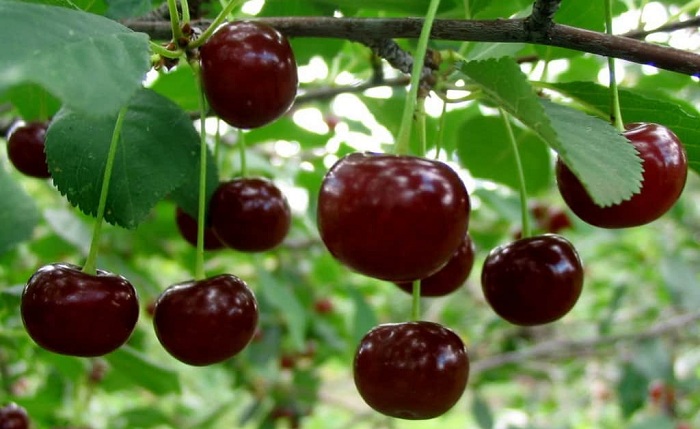Content:
Garlic is one of the crops found in almost every household plot. It is a versatile seasoning and a good helper in the treatment of many diseases. Most often, they tend to plant garlic for the winter, but the harvest does not always justify the expectation. Through the use of timely feeding and fertilization, you can improve yield indicators. Anyone who decides to grow such a culture, it is important to know how to feed garlic in spring, planted before winter.
Do I need to feed garlic after winter
Garlic, like any other crop, needs regular feeding. To get a good harvest of a crop such as garlic, care, feeding in the spring are the most important points in cultivation.
The timely application of fertilizers in the spring is especially important, because the culture after the winter awakening needs active stimulants.
And on fertilized more nutritious soils, the growing season of the plant will be active and fruitful, and the result will be a good harvest.
On an unfertilized site, of course, it will not be possible to harvest the proper crop, even if otherwise you take care of it as carefully as possible. At best, small heads will be dug out in the fall, but even so, the taste will also be poor.
In order to get a good harvest, special feeding schemes are used, which begin in August, from the moment the soil is prepared for planting. A certain schedule should be adhered to throughout the season.
As fertilizers, you can use chemical mineral compositions, as well as organic fertilizing. Many summer residents are skeptical about the mineral compositions purchased in stores, therefore they use folk recipes. It can be wood ash, humus, manure, onion husks and other organic compounds.
But overly applied fertilizers will not lead to anything good. A large number of dressings will provoke too active growth of the tops, while the heads of garlic will be small in size and not too pronounced in taste.
What and when to feed garlic
Garlic feeding begins in early spring, after the snow has melted. There are several schemes for feeding this crop. The very first time they feed after the snow melts, then the fertilization is repeated after 2 weeks. For the third time, it is imperative to feed during the formation of the heads.
If the first two dressings are carried out in a timely manner, then the formation of heads will occur at the very beginning of summer.
Everything is clear with the periods of fertilization, it remains to figure out how to carry out these procedures. There are several options: mineral and organic fertilizers. If you do not want to use chemicals that are sold in the store, you can turn to folk recipes and use the old-fashioned methods, which at one time showed good results.
Traditional fertilization scheme
According to the rules for carrying out fertilization of winter garlic planting coincides with the fertilization of winter crops. There is only one difference: winter crops emerge earlier, therefore the first fertilization is carried out earlier.
The general scheme for feeding is as follows:
- After the first shoots appear;
- Two weeks after the first addition of additional nutrients;
- During the formation of the heads.
A plant like garlic does not like stagnant water. It is best to add nutrient formulations with watering. You should be very careful with organic preparations, as they often cause the multiplication of fungal diseases. Experienced summer residents recommend that it is better to use mineral compositions where there are humates. With such preparations, top dressing is carried out at the root or on the sheet.
It is worth considering the features of feeding in the context of their composition:
- First fertilization. Immediately after the snow melts, most often in early April, the culture is strengthened and the green mass is stimulated. Therefore, for the first spring feeding of winter garlic, it is best to use nitrogen-containing formulations. It can be primitive urea or ammonium nitrate. It is best to use watering. 15 g of urea or nitrate is added to 10 liters of water. With this amount of solution, you can water up to 3 square meters. meters;
- Second feeding. The period of its implementation is determined, depending on the period of the first feeding. To introduce nutrients into the soil, it will already be necessary to use complex formulations, in which, in addition to nitrogen, which stimulates the growth of greenery, there should be phosphorus and potassium. Of the simplest fertilizers available for everyone, nitrophosphate can be noted. Dilute 30 grams per 10 liters of water. fertilizer, the solution should be distributed over approximately 3 squares of the garden. Most likely, it will be the end of April or the beginning of May;
- Third feeding. It is carried out during the period of active formation of root crops. Most often, this period occurs in mid-June. At this time, garlic needs potassium and phosphorus as much as possible. If you give the plant more nitrogen, the tops will grow actively, and the root crop will not form to the size that you want to get. Potassium salt and superphosphate are most commonly used as fertilizers. 15 grams of the substance is diluted in 10 liters of water and distributed over 2 square meters.
If desired, top dressing with potash fertilizers can be replaced with simple wood ash. A glass of substance is taken into a bucket of water, and approximately 2 square meters are poured with the resulting solution.
Additional pollination
Most often, plant nutrition is carried out according to the described scheme. But sometimes, when determining nutritional deficiencies, it will be necessary to fertilize the plantings with the introduction of stimulants and nutrients. Depending on the appearance of the foliage, you can understand what substances the plant lacks:
- If the foliage of the garlic has become lighter, then the culture lacks potassium. In this case, you can spray with potassium salt or simply powder the garlic plantings with wood ash;
- If the tops of the garlic begin to dry out and turn yellow, then most likely there is not enough nitrogen.In this case, you can simply carry out the treatment by spraying with a solution with the addition of urea.
Fertilizers
For the nutrition of garlic, both winter (winter) and summer (spring), various nutrients are required throughout the growth. Therefore, a logical question arises, how to feed in the spring and throughout the entire growth period. To obtain a good harvest, it is equally important that nitrogen, potassium, phosphorus and other nutrients enter the soil. All fertilizers can be divided into three main groups:
- organic;
- mineral;
- folk remedies.
Organic fertilizers
The culture reacts very well to organic fertilizers applied to the soil, which have a large amount of humus in their composition. Very often, one application of organic fertilizer in the autumn, after planting, is enough to provide a plant with all the necessary substances.
But you should be very careful with organic matter, as it contributes to the development of fungal diseases.
Of all types of organic fertilizers, the following should be distinguished:
- Manure. The manure should be well scattered over the beds and then dug up. Some summer residents seek to increase yields by feeding garlic seedlings with fresh manure. With this type of soil nutrition, there is a high probability of burning in the plantings;
- Mullein. After the snow melts, with the help of infusion on this version of organic matter, you can stimulate the plant and give it the necessary strength for the growing season. For the solution, 7 parts of water are taken for one part of the mullein. They should carefully water the seedlings, but try not to touch the greens;
- You can use compost to enrich the soil. Garlic, in principle, reacts equally well to any version of such organics, but it is best to use fertilizers obtained from food waste.
Mineral compositions
Mineral complex fertilizers have been and remain the most popular fertilizer option for a long time. You can add such nutritional formulations yourself, or you can use it in combination with organic formulations.
As practice shows, the soil is depleted with use, and there are few nutrients left in it. Therefore, it will not work to get a crop without additional fertilization. Organic matter alone is often not enough.
The amount and amount of mineral fertilizers applied depend on the type of soil and its fertility, as well as the characteristics of the climate.
Modern flower specialty shops offer a wide range of mineral complex fertilizers. Below will be listed the names of the most popular and the rate of their use when watering:
- nitrophoska - for 10 liters of water 2 tbsp. l;
- superphosphate - 50-60 grams are added to the bucket;
- urea - for 10 liters of water 1 tbsp. l .;
- urea - a tablespoon is diluted in a bucket;
- nitroammofoska - 60 gr is added for 10 liters. substances.
In some cases, it is very good to combine different components that will help stimulate plant growth more successfully. To increase the accumulation of nutrients in roots and stimulate the growth of greenery, you can combine nitrogen and phosphorus in a 2: 3 ratio.
Experts recommend sprinkling the beds with dry mixtures after watering or rain. A mixture of nitrogen, phosphorus and potassium can be used. The composition is prepared in a ratio of 8:15:35.
The amount and type of mineral fertilizers used depend on many factors:
- climatic features of the area (amount of precipitation, temperature regime, the possibility of spring frosts);
- features of the garlic variety, including growing conditions, ripening times, etc.;
- soil features (soil type, acidity);
- the degree of illumination and the duration of daylight hours;
- carried out crop rotation (it is best to plant garlic in areas where in the previous year zucchini, squash, cereals, cucumbers sprouted).
Folk feeding methods
In addition to mineral and organic compounds, there are many options for feeding, which are time-tested, since our grandfathers and grandmothers also used them to fertilize garlic plantings.
- Watering with a saline solution can have a beneficial effect on the harvest. For each bucket of water, 3 tablespoons of salt are taken;
- Wood ash. This option will also have a beneficial effect on plant growth. Planting garlic can simply be sprinkled on top, or you can pour it with a solution (for 10 liters of water, 200 grams of dry matter);
- Ammonia. A solution prepared with the addition of ammonia is used for spraying (25 ml of ammonia is added to a bucket of water);
- Infusion of herbs. To prepare the solution, 7-8 liters of water and ¼ a bucket of chopped grass are taken. The infusion should be left to infuse for a day, and only then watering;
- Yeast. The yeast solution significantly accelerates the growth of garlic, like other crops. First, dilute 100 grams of yeast in 1 bucket of water. The solution is allowed to brew for about a day and the plantings are watered. A bucket of this product is enough for 2 squares.
As you can see, growing garlic is not so easy, despite the unpretentiousness of the culture. Great achievements and efforts will not be required, but nevertheless, it is worth following certain rules. In order to harvest a healthy large crop at the end of summer, you need to carry out regular feeding throughout the season. If you stick to the correct fertilization schedule, the harvest will be good and tasty, and there will be no question why the garlic has not grown this year.

